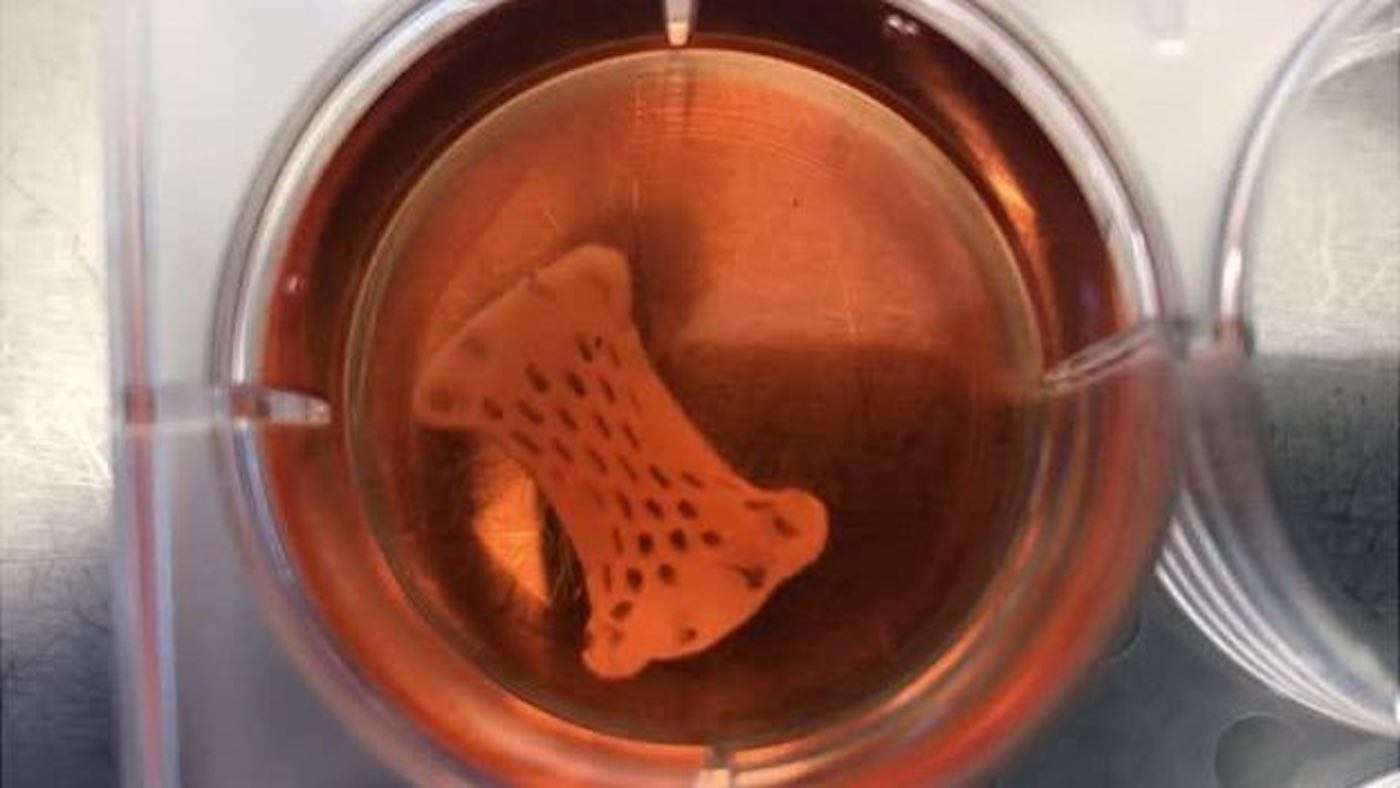Blood Types May Soon Be Indifferent As Scientists Use Our Gut Bacteria to Make 'Universal' Blood Type
Scientists have discovered the key to unlocking a "universal" blood type after identifying a unique kind of bacteria in our gut biome.

Researchers have shown that heart "patches" grown in the lab are now safe and ready for human trials for people who have had their hearts damaged by a heart attack.
These patches could one day cure debilitating heart failure, which affects an estimated 920,000 people in the UK and is on the rise as more and more people survive heart attacks.
Researchers led by Professor Sian Harding at Imperial College London have developed a way to grow thumb-size patches of heart tissue (3 centimeters x 2 centimeters) that contain up to 50 million human stem cells. The stem cells are programmed to turn into working heart muscle that can be seen "beating". One or more of these patches could be implanted on to the heart of someone after they've had a heart attack to limit, and even reverse, the loss of the heart's pumping ability.
During a heart attack, the heart is starved of vital nutrients and oxygen, killing off parts of the heart muscle. This weakens the heart and can eventually lead to heart failure, a debilitating condition that makes even every day simple tasks, like climbing the stairs or getting dressed, exhausting.
In this latest study, these patches have been shown to be safe in rabbits and to lead to an improvement in the function of the heart after a heart attack. After a period of up to 4 weeks, detailed heart scans showed that the hearts' left ventricle (the chamber responsible for pumping blood out to the body through the aorta) was recovering without developing any abnormal heart rhythms - a potential side effect of other stem cell delivery methods. Importantly, the patches appeared to be nourished by blood vessels growing into them from the recipient heart.
Once sewn in place, the patches are intended to physically support the damaged heart muscle and help it pump more efficiently, while also releasing natural chemicals that stimulate the heart cells to repair and regenerate. Eventually, the patches would hopefully be incorporated into the damaged heart muscle and repair it.
This technology creates patches that start to beat spontaneously after three days and start to mimic mature heart tissue within one month. They can then be implanted into damaged hearts to help repair the muscle and recover the heart's vital pumping function.
The results of the patch research were presented earlier this month at the British Cardiovascular Society (BCS) Conference in Manchester. Using these results, the researchers will now design clinical trials for humans, first to test safety and then to see whether similar levels of heart repair could be achieved in people.
"This is a prime example of world-leading research that has the potential to mend broken hearts and transform lives around the globe. If clinical trials can show the benefits of these heart patches in people after a heart attack, it would be a great leap forward for regenerative medicine," said Professor Metin Avkiran, Associate Medical Director of the British Heart Foundation.
"Due in large part to research we've funded, more people are surviving heart attacks than ever before. But that means there's a growing number of people at risk of heart failure, as their hearts can't recover from the damage caused by the heart attack.
"Heart failure is a debilitating and life-changing condition with no cure, making everyday tasks incredibly difficult. If we can patch the heart up and help it heal, we could transform the outlook for these people."
The patches were developed in response to somewhat disappointing results from around the world when stem cells were just directly injected into damaged heart muscle. Without a fixed "patch", stem cells are quickly cleared from the heart and aren't able to cause significant levels of repair.
That being said, researchers from King's College London experienced similar success with heart regeneration after they used a small piece of genetic material on the hearts of pigs - and it was the first demonstration of how cardiac regeneration can be achieved by administering an effective genetic drug that stimulates cardiac regeneration in a large animal, with heart anatomy and physiology like that of humans.
(Source: The British Heart Foundation)
Have A Heart: Share The Exciting News With Your Friends On Social Media…
Be the first to comment